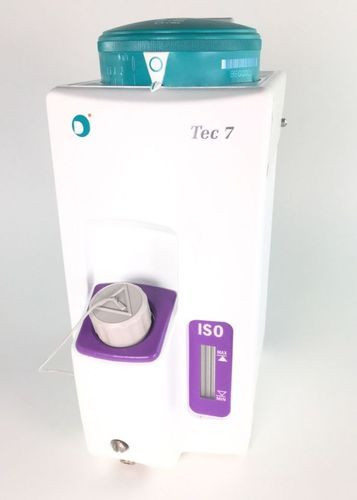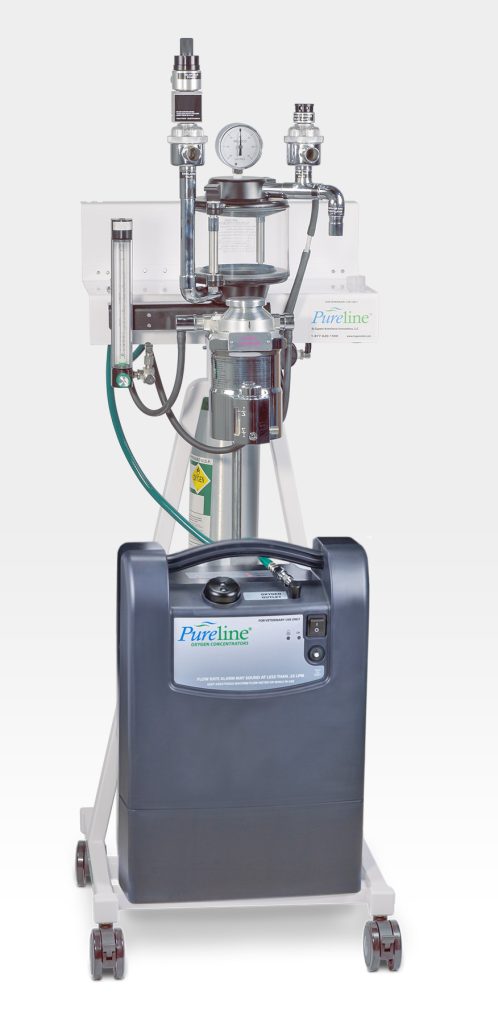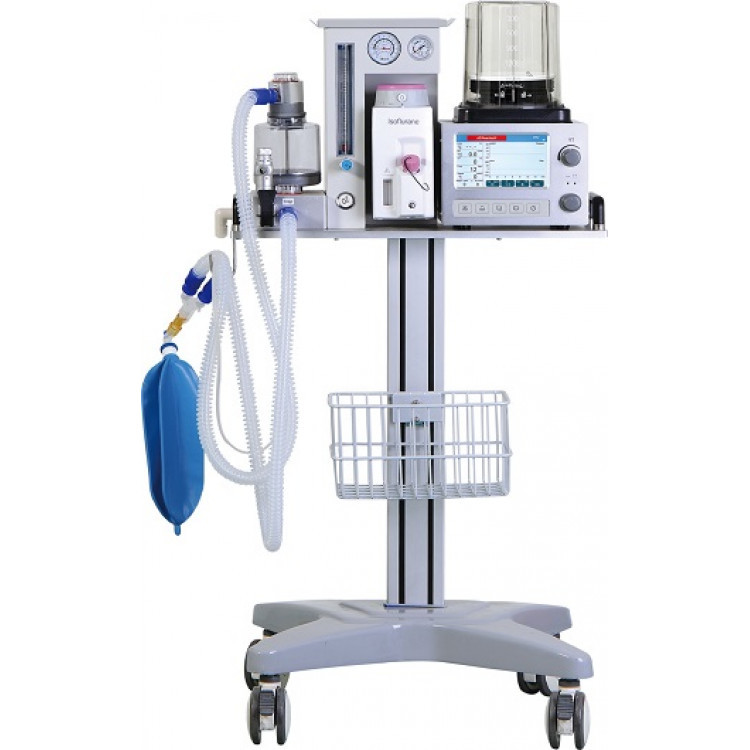What is an anesthesia machine?
An anesthesia machine is a device that helps medical professionals perform surgery or other medical procedures.
Explanation:
Anesthesia machines help medical professionals by providing them with the proper level of anesthesia during surgery or other medical procedures. The machines use different types of anesthetics to block nerve impulses, and this usually results in the patient feeling less pain.
What are the parts of an anesthesia machine?
An anesthesia machine consists of the following parts: an air compressor, a bellows, and a control panel.
Explanation:
The air compressor is used to increase the pressure in the room. The bellows is used to inflate and deflate the lungs. The control panel controls all aspects of an anesthesia machine, including inflation and deflation rates, oxygen levels, and more.
How does an anesthesia machine work?
An anesthesia machine is a device that helps doctors provide surgery with anesthetics.
Explanation:
Anesthesia machines use gases to prevent people from feeling pain during surgery. The gas enters the person’s lungs and passes through their bloodstream to the brain, where it blocks signals that send pain messages to the brain.
The anesthesiologist (a doctor who specializes in anesthesia) controls the amount of gas that flows into the patient’s lungs, and this determines how deeply they will sleep during surgery.
How do you collapse the bellows on an anesthesia machine?
To collapse the bellows on an anesthesia machine, you need to unscrew the bolts that hold them in place. Then, you need to pull the bellows away from the mask and detach them from their hoses. Finally, you can collapse the bells by pulling on each one individually.
What are the benefits of collapsed bellows?
The benefits of collapsed bellows include improved performance and longer lasting anesthesiologic equipment.
Explanation:
Collapsed bellows improve the performance of an anesthesia machine by increasing airflow through the device. This allows for faster delivery of anesthesia and reduces the amount of time needed to perform an operation. Additionally, collapsed bellows prolong the life of the anesthesia machine by reducing wear and tear on its components.
How often should you collapse the bellows?
How to collapse the bellows on an anesthesia machine:
You should collapse the bellows every time you change the gas or air mixture.
What are the risks of collapsed bellows?
The risks of collapsed bellows are serious and can lead to death. If the bellows collapse during an operation, gas may escape and cause a dangerous explosion. The risk of this happening is high enough that most anesthesia machines have safety features that prevent it from happening.
Explanation:
Collapsed bellows are a very serious problem with anesthesia machines. When they happen, gas can escape and create a dangerous explosion. Anesthesia machines usually have safety features that prevent this from happening, but it’s still a risk worth taking into account.
How can you prevent collapsed bellows?
To prevent collapsed bellows, you need to keep the bellows inflated and maintain the proper air pressure.
Explanation:
If the bellows are not kept inflated and at the correct air pressure, they can collapse due to gas build-up. This can cause problems with an anesthesia machine, including leakage of anesthesia and injury to patients. Maintaining proper air pressure is important so that the bellows don’t collapse.
What should you do if you have collapsed bellows?
If you have collapsed bellows, you should unplug the machine and call an ambulance.
What are the consequences of collapsed bellows?
The consequences of collapsed bellows can include death.

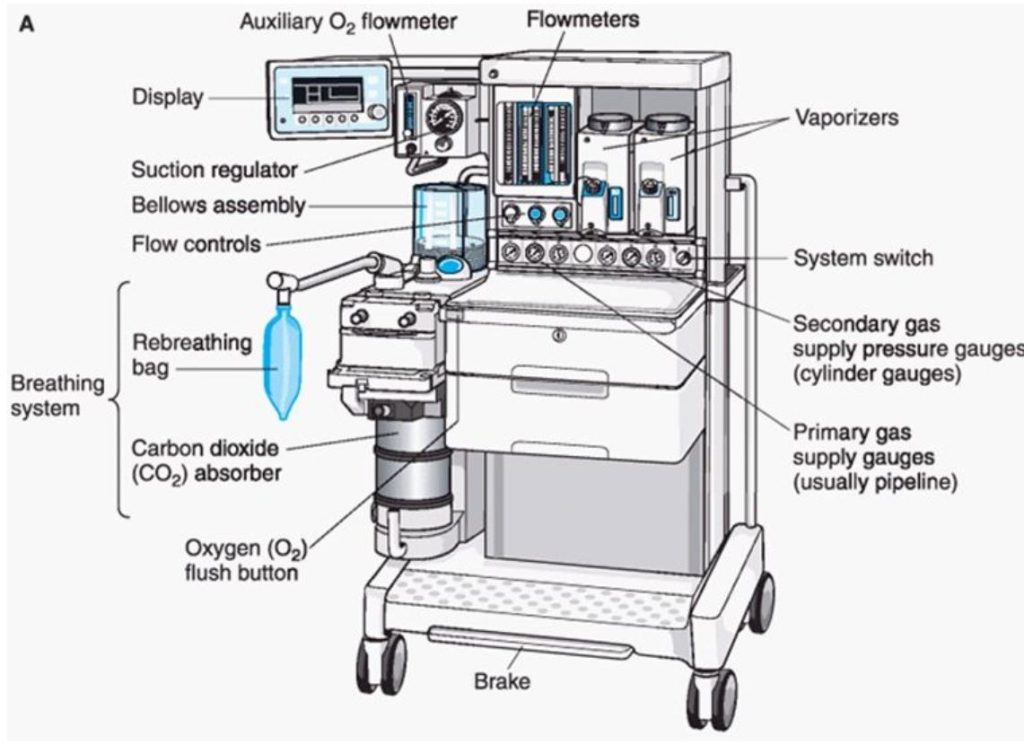
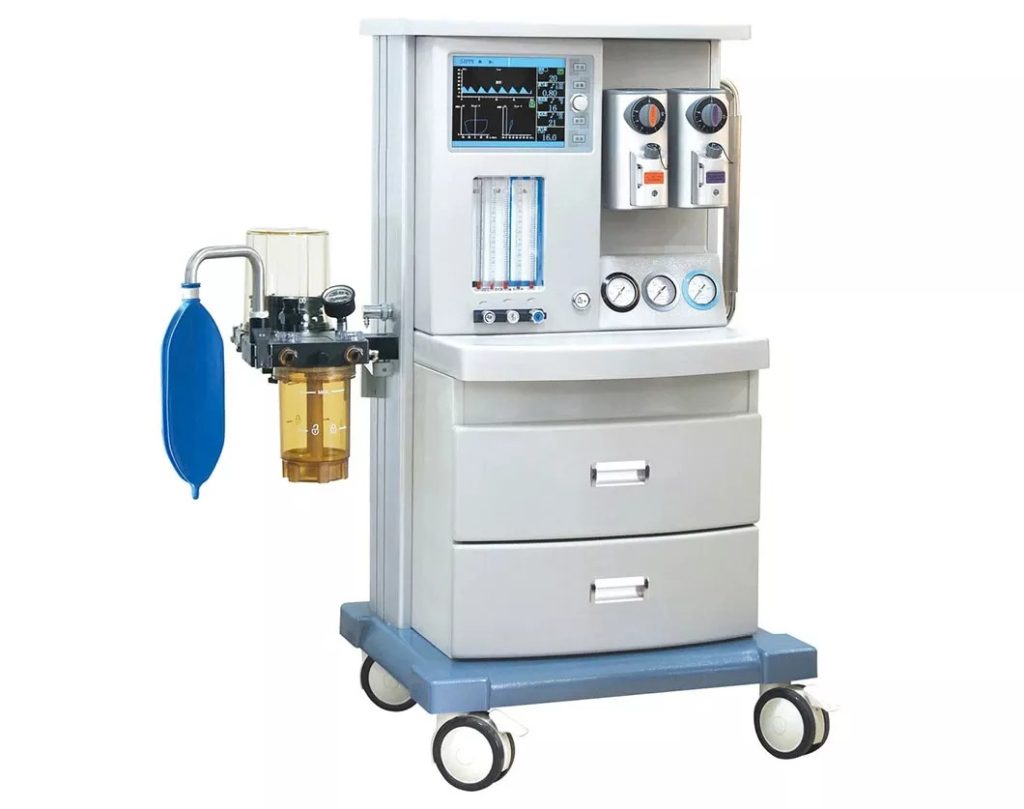
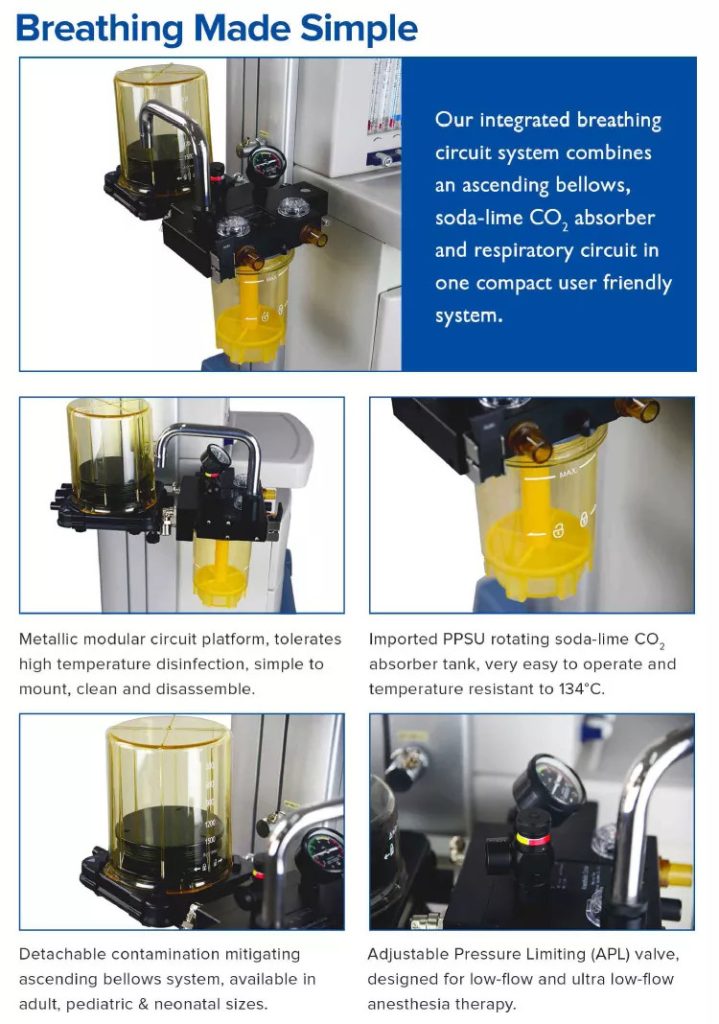
![The [Complete] Guide to Buying Anesthesia Machines](https://www.anesthesia-news.com/wp-content/uploads/2022/08/anesthesiamachine3.jpg)

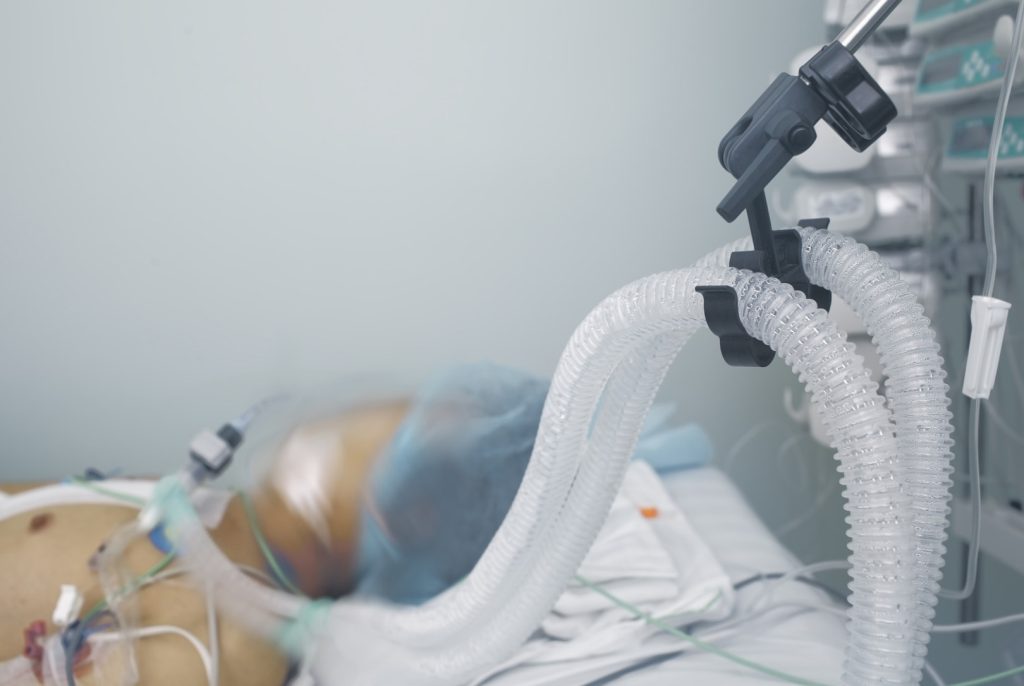
![How to Find the [PEEP Valve] on an Anesthesia Machine](https://www.anesthesia-news.com/wp-content/uploads/2022/09/peep-valve.jpg)

